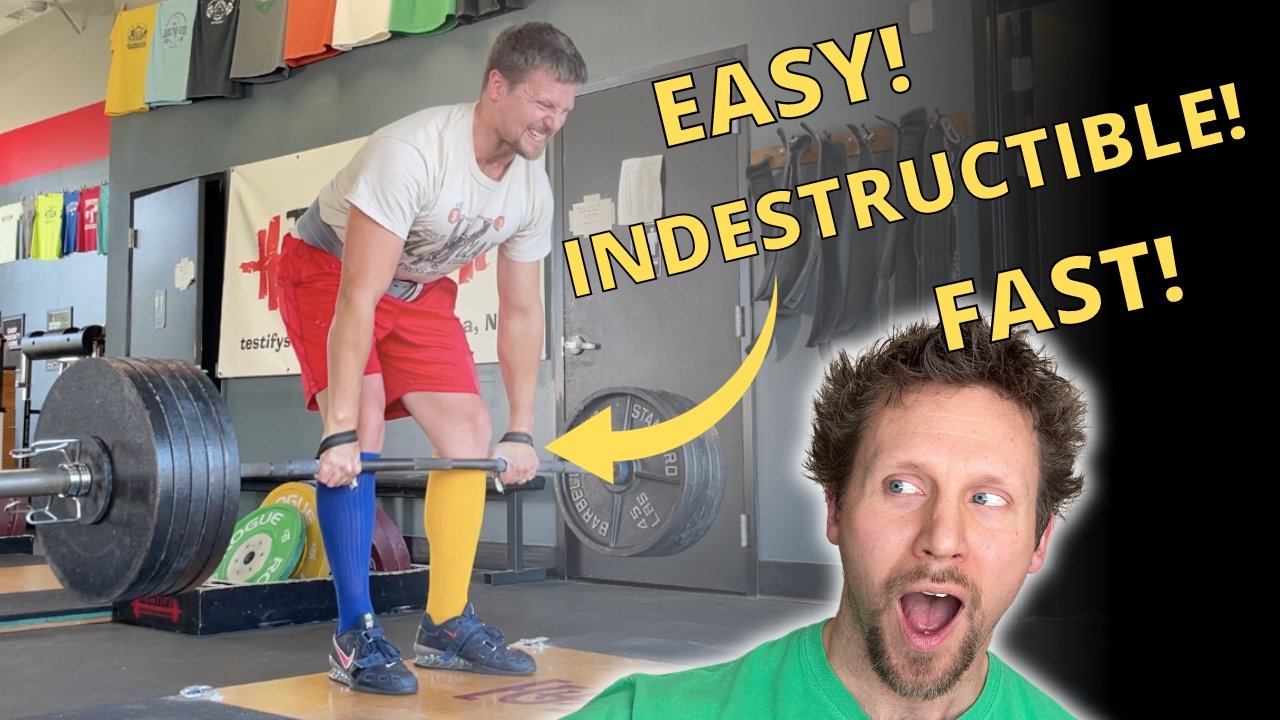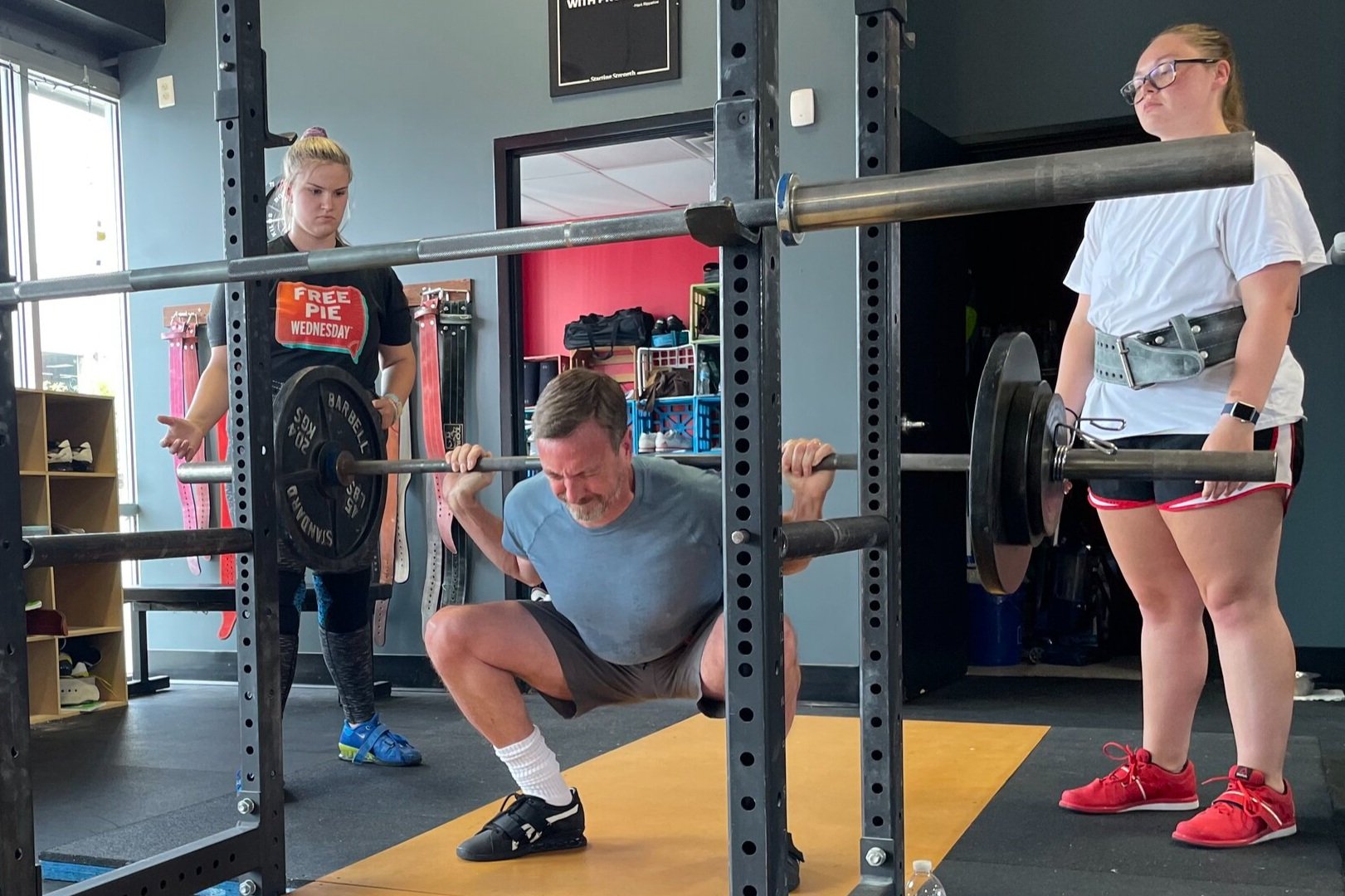If you’ve been away from the gym for a week, a month, or even a year, and you’re struggling to start things up again, just nerd out for a second and let Physics be your muse. What do static friction and kinetic friction have to do with your training? Thank goodness - I thought you’d never ask.
Remember static friction and kinetic friction from your high school physics class? Right - I didn’t think so, so here’s a very quick physics lesson in 3 easy steps.
Friction is a force that always resists motion between things in contact with each other - like a box and the floor it’s sitting upon. You try to slide the box forward - friction resists you by pushing backward. You try to push the box to the right - friction resists you by pushing left.
Static friction is the friction between two objects at rest with respect to each other. If you’re pushing that box, but it’s not going anywhere just yet, that’s because of static friction. Static = no motion.
Kinetic friction is the friction between two objects in motion with respect to each other. If you’re successfully pushing the box across the floor, kinetic friction is what’s making your job difficult. Kinetic = motion.
Here’s the last part: static friction is greater than kinetic friction . . . and you already know that from experience. You already know that getting that box moving is harder than just keeping it moving. If you’re pushing a heavy sled in the weight room, the last thing you want to do is let that sled stop moving because you know it’s harder to get it going again than it is to just keep it moving in the first place.
Likewise, overcoming the static friction created by a training layoff can be tough, but once you do, pushing through the kinetic friction of a regular training schedule is much easier. Translation? Just get in the gym that first time. Just get in that first workout. That’ll get things moving, and it’s much easier to keep things moving than to get them moving in the first place.
Go get that first session.





